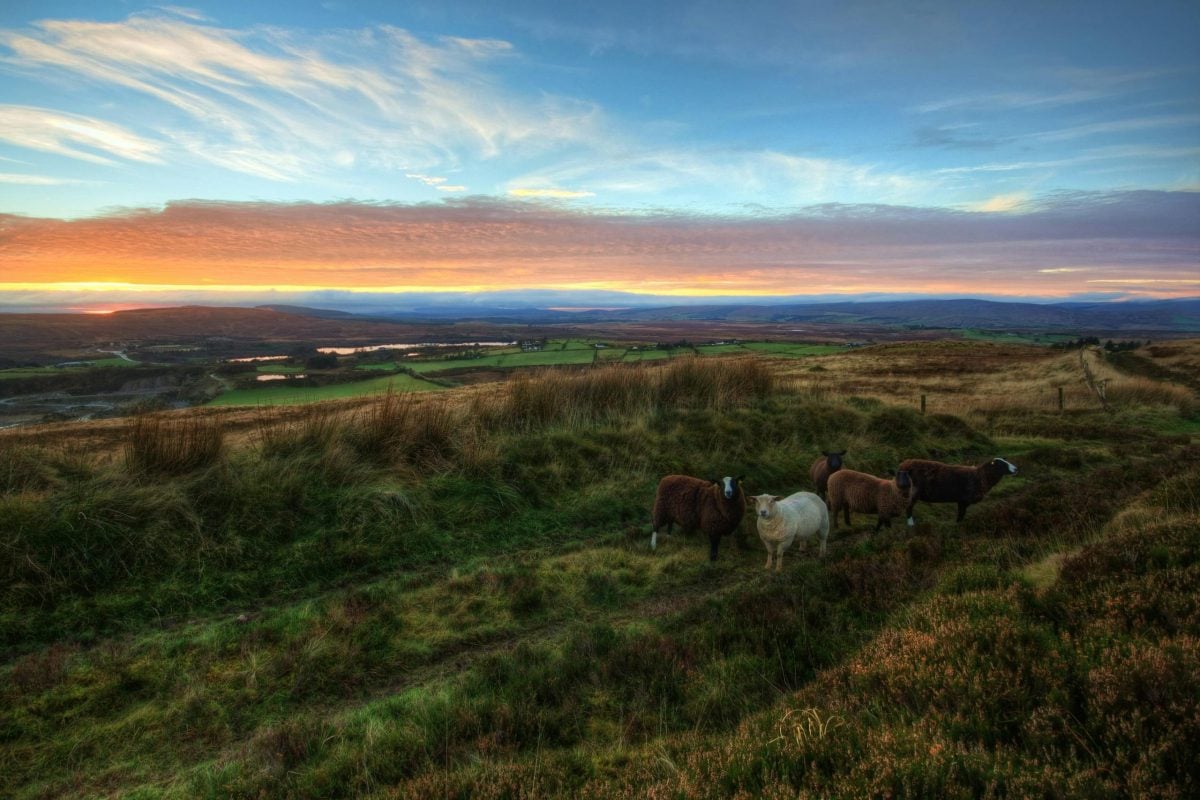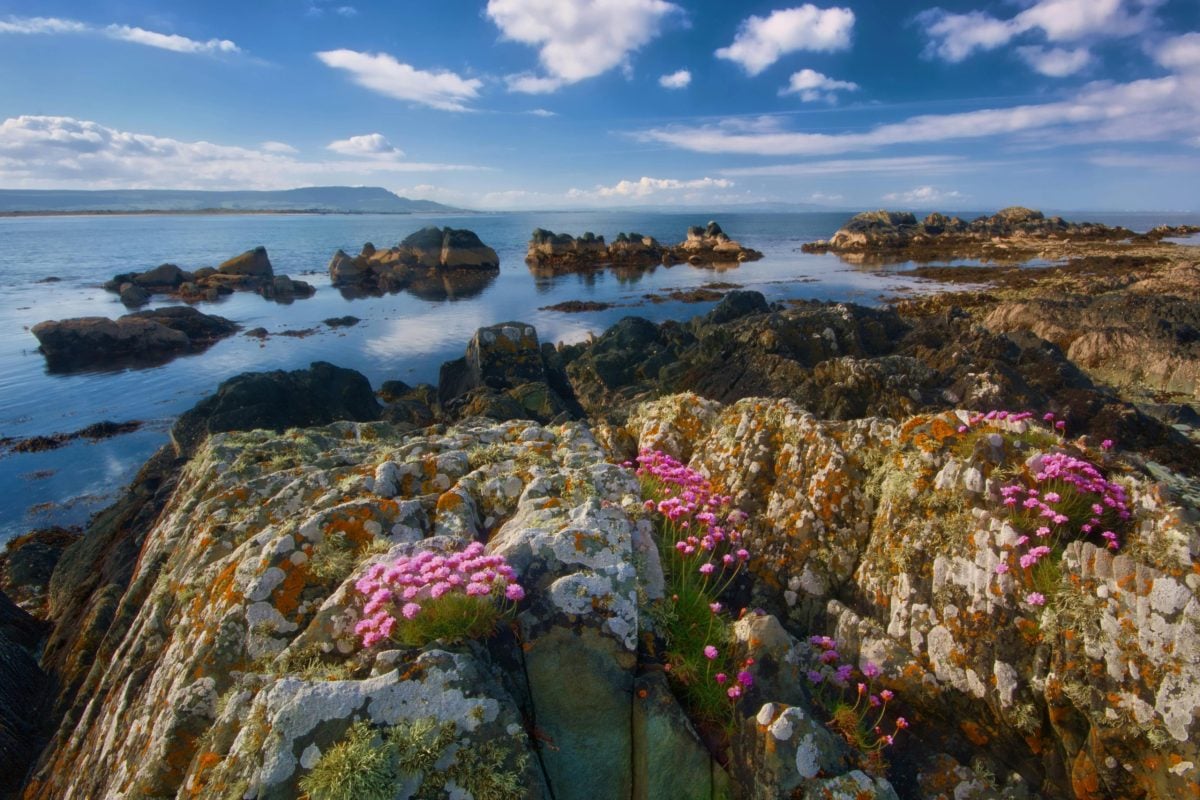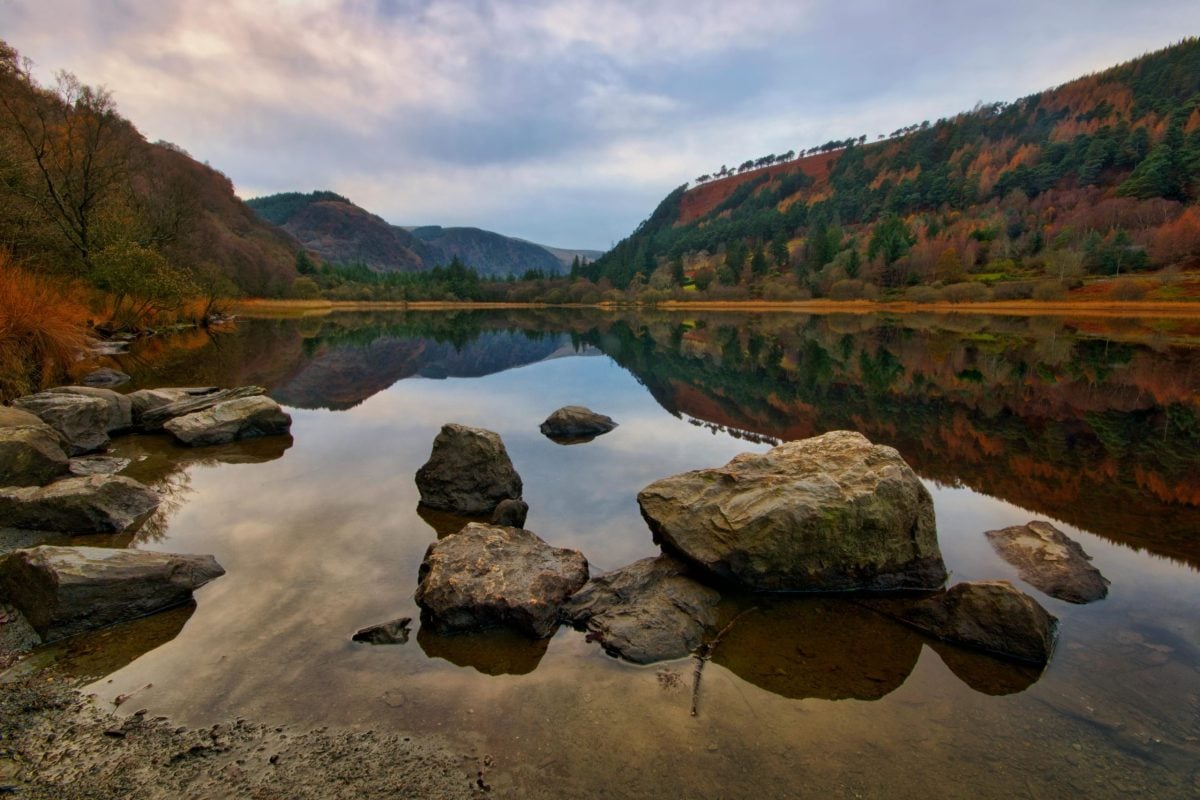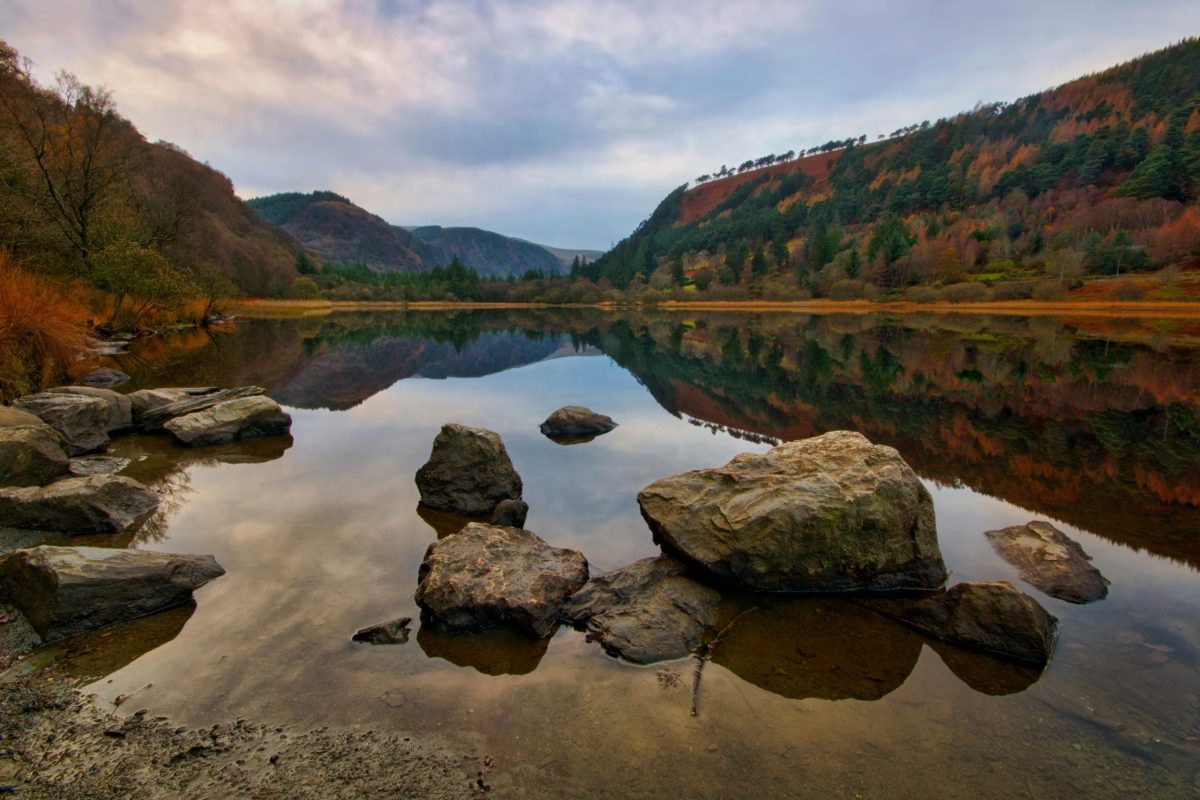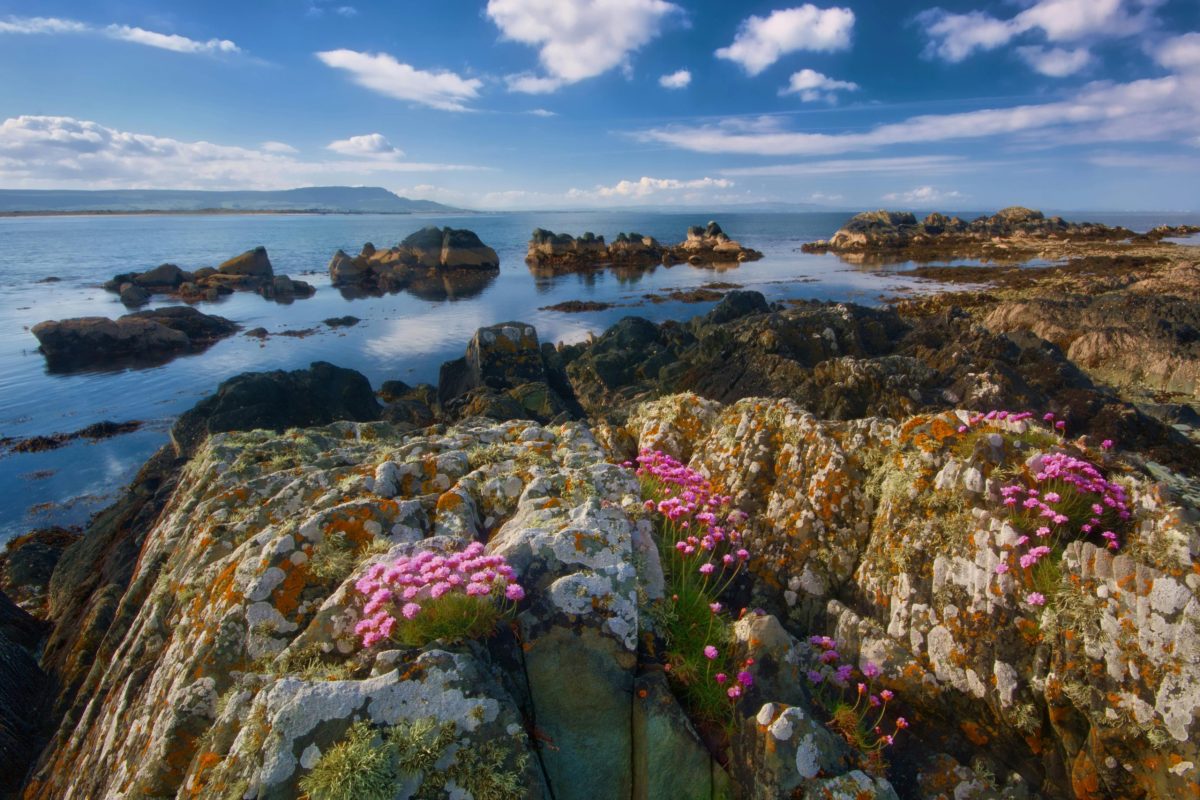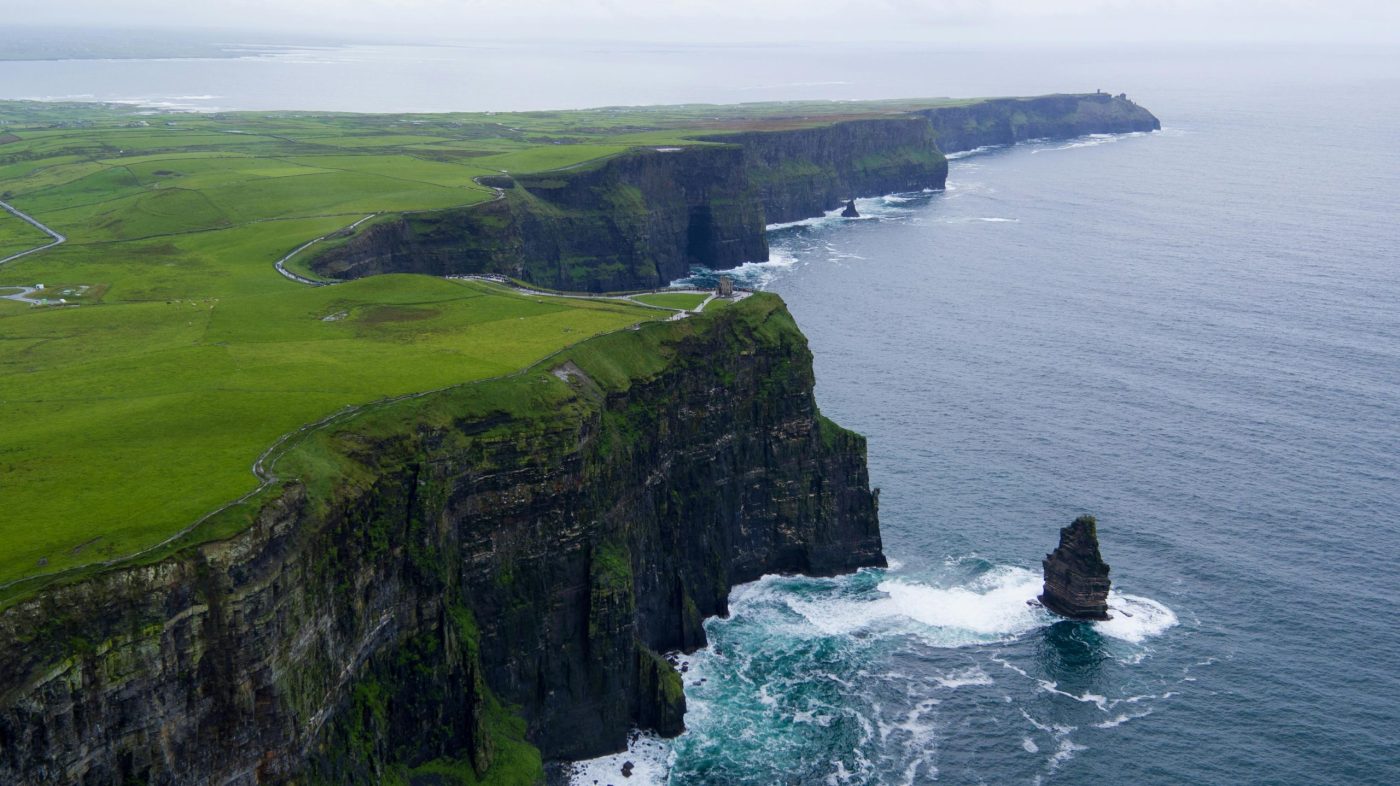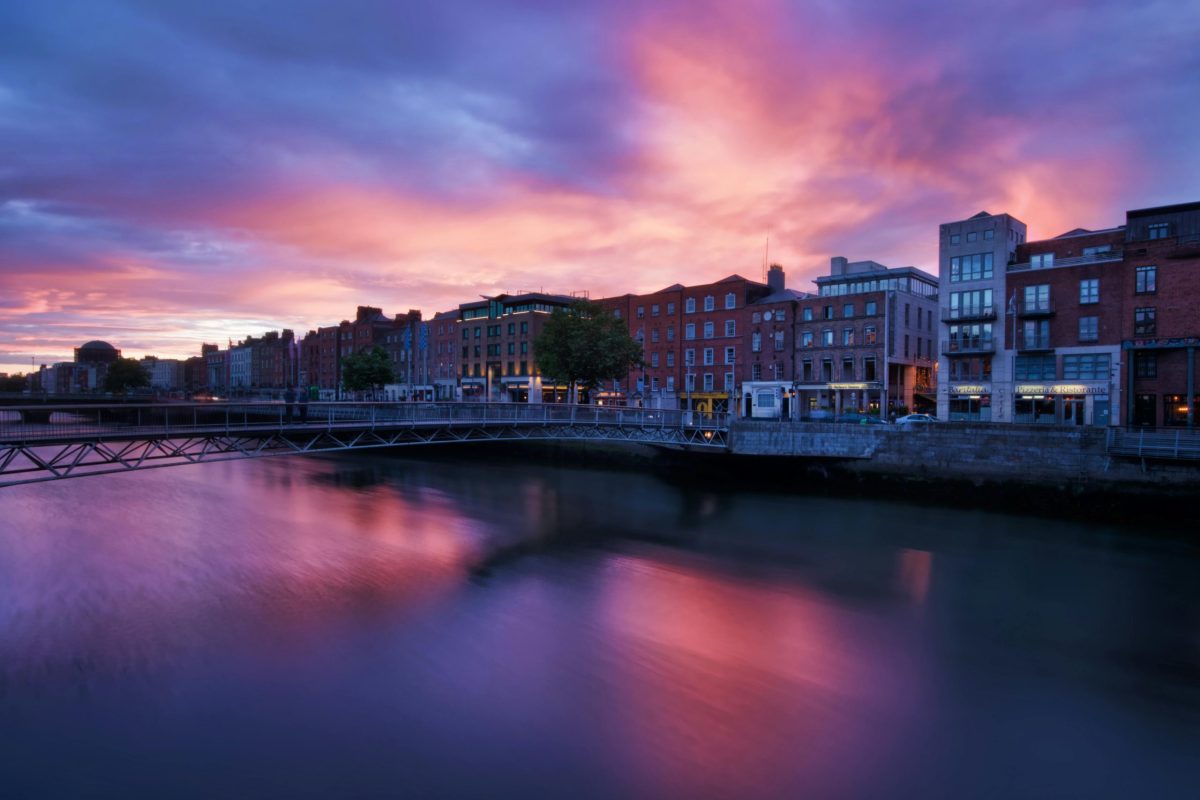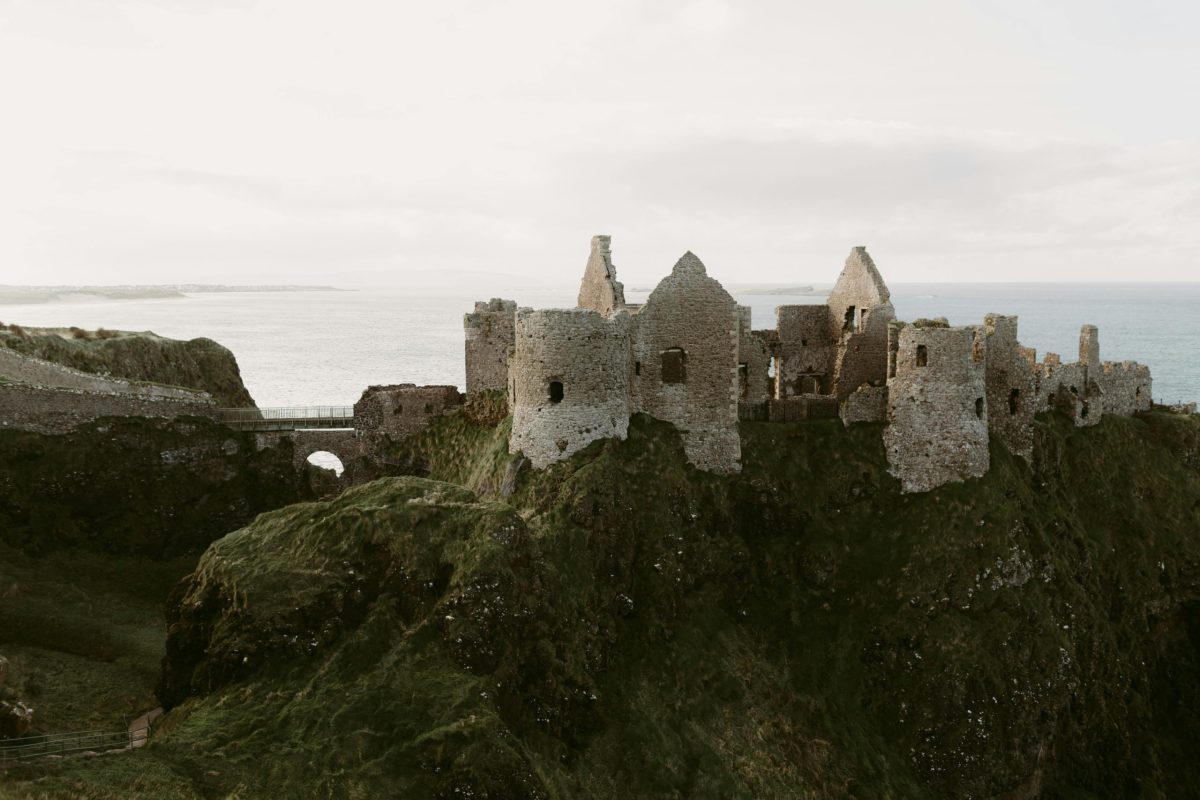From Rebel to Refugee: The Untold Story of the Irish Man Who Fled a War and Became a Hero in America
Estimated reading time: 6 minutes
Key Takeaways
- Michael O’Sullivan represents the spirit of resilience amidst conflict.
- The Irish diaspora profoundly influenced American culture.
- Stories of the past continue to resonate with modern struggles.
Table of Contents
Introduction
The Heart of the Story
The Wider Echo
The Now & The Next
Did You Know?
FAQs
Final Word
Introduction
In the heart of Ireland, where the wild Atlantic winds whisper tales of rebellion and refuge, there lies the poignant story of an Irishman who faced the storm of civil war and sought solace across the sea. This is not just a story of escape; it’s a testament to resilience, the forging of a legacy amid hardship, and the indomitable spirit that Irishmen carry wherever they roam.
The Heart of the Story
Meet Michael O’Sullivan from County Kerry, a young man who became emblematic of a restless, rebellious spirit. When the Irish Civil War erupted in 1922, it shattered his tranquil life. Torn between loyalty and self-preservation, he chose to flee from the chaos, packing only his dreams and a weary heart. Kerry, with its rolling green hills and deep-rooted traditions, had nurtured his youthful ambition, but the echoes of gunfire shattered that peace. Michael journeyed to America, where the streets of New York offered refuge yet presented a different kind of struggle.
The Wider Echo
In America, the Irish were no strangers to hard toil. Michael navigated through thick and thin, helping to build the skyline of New York while holding the weight of his homeland on his shoulders. The American Dream was woven with the threads of his Irish identity, infusing his challenges with pride and purpose. He became a celebrated figure in his Irish-American community, rallying for the rights of the oppressed back home while establishing houses of worship and education. His relentless spirit echoed through the streets and saloons where folk songs told of struggle and resilience, bridging the distance between his two worlds.
The Now & The Next
Michael’s legacy lives on in every Irish heart that beats with hope and courage. Today, as we grapple with new challenges — from migration to the identity crises that haunt our youth — we are reminded of those who paved the path before us. The lessons from his life reverberate through our modern struggles. Whether it’s a young boy watching his grandfather’s Kerry jersey on match day or a lady in a busy café sharing odes of her ancestors, we see the spirit of Michael O’Sullivan etched in every nod, every cheer, and even every tear shed in remembrance.
Did You Know?
- Michael O’Sullivan was one of thousands who fled Ireland during the tumult of the civil war, many of whom settled in American cities, transforming the cultural landscape.
- The Irish diaspora is one of the largest in history, with over 70 million Irish descendants living outside of Ireland today.
FAQs
What led to the Irish Civil War?
The Irish Civil War was sparked by a dispute over the Anglo-Irish Treaty that established the Irish Free State. It marked a fierce ideological divide among Irish republicans, leading to a bitter conflict.
How did the Irish immigrants influence American culture?
Irish immigrants brought with them rich traditions of music, storytelling, and community activism, deeply embedding their culture into the fabric of American society, from the pub songs to the labor movements.
Final Word
Michael O’Sullivan’s journey from a rebel heart in County Kerry to a beacon of hope in America reminds us all that even in despair, there is strength, and in tragedy, there can be triumph. His story, steeped in courage and love for his homeland, resonates today as we navigate our own paths.
If you carry the same pride we do, you’ll find a piece of home waiting at
HubIrish.com.

